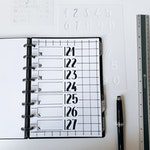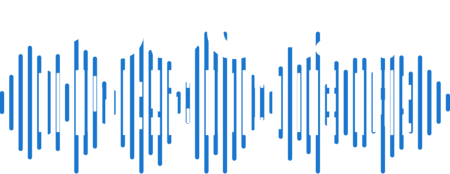 Podcasting offers a beautiful, creative outlet that can turn into a real side hustle if pursued with vigor. One thing that successful podcasts always do is release with regularity. Sure, there are big podcasts that don’t have a dedicated release schedule, but they are releasing at least one episode a week. So, how do top podcasters ensure they never let their audience down?
Podcasting offers a beautiful, creative outlet that can turn into a real side hustle if pursued with vigor. One thing that successful podcasts always do is release with regularity. Sure, there are big podcasts that don’t have a dedicated release schedule, but they are releasing at least one episode a week. So, how do top podcasters ensure they never let their audience down?
Never Miss a Scheduled Episode Release and Never Disappoint Your Audience
Your podcast can be replaced. No one likes to hear this, but it’s important to hear. Listeners want something to get them through the day, and if they’ve got your podcast in their queue every week, they depend on you for that time.
If your podcast doesn’t release for even one week, they will try to fill that time with something else, and they may end up liking that as much or more than your show. So please don’t allow them to replace you.
Podcast Buffer Replacement
It’s great to have a buffer episode to use in a pinch, but using it will exact a toll. After you use a buffer episode, you should consider replacing it when you have some time to do so. This will mean recording a new buffer episode.
It can be exhausting to record an extra episode, but the benefits far outweigh the drawbacks.
Ways to Build a Podcast Buffer
Having a few episodes sitting in the wings is critical to the long-term success of your podcast. If you need to take a week off from recording because of sickness or complications in your personal life, you can rest easy knowing you have a few episodes ready to be released.
Build a Buffer Before Podcast Launch
This is the ideal way to give yourself some padding, and the way I have done it on my second and third podcasts. Recording a bunch of episodes before you release your first episode requires a lot of forethought and strategy, but it pays off big time!
By recording podcast episodes before your podcast launches, you can record with no pressure from a release schedule. If you have enough patience, you can build such an incredible buffer that you won’t have to worry about backlog replacement for years.
Double Your Recording Schedule Temporarily
My co-host and I just took a vacation for a few weeks. During that time, we used a few of our buffer episodes, and now we need to restock them. To do so, we will be recording two episodes whenever we would typically have recorded one episode.
Alter Your Normal Show Format
Your show format is a great way to keep the quality consistently high. It also gives listeners the comfort of knowing what to expect, but switching up your normal format can make it much easier for you to replace your episode buffer.
On my show, we review one movie. This includes a synopsis, review, our thoughts and an in-depth spoiler section where we go over the beats of the movie. That format is great for us, but it requires a lot of prep on our part. We have to watch the movie, take notes, build a show script, record the episode together, and more.
But if we record an episode where we simply watch a movie with the mics running to get our reactions to the movie and whatever fun quips we can come up with (similar to RiffTrax) we cut down on prep time.
There are lots of ways to alter your format to achieve an easy-to-record show that will spice up your normal feed. Who knows, your listeners could really love the occasional change of pace!
How do you keep your buffer episodes stocked? Let us know any tips you have in the comments section. And for more tricks of the trade, be sure to refer to Blubrry’s free, online Podcast Manual.
____________
 David Day is the co-founder and co-host of Horror Movie Talk Podcast. When he isn’t watching horror movies he is focused on growing the podcast. Listen to his show Horror Movie Talk here.
David Day is the co-founder and co-host of Horror Movie Talk Podcast. When he isn’t watching horror movies he is focused on growing the podcast. Listen to his show Horror Movie Talk here.





